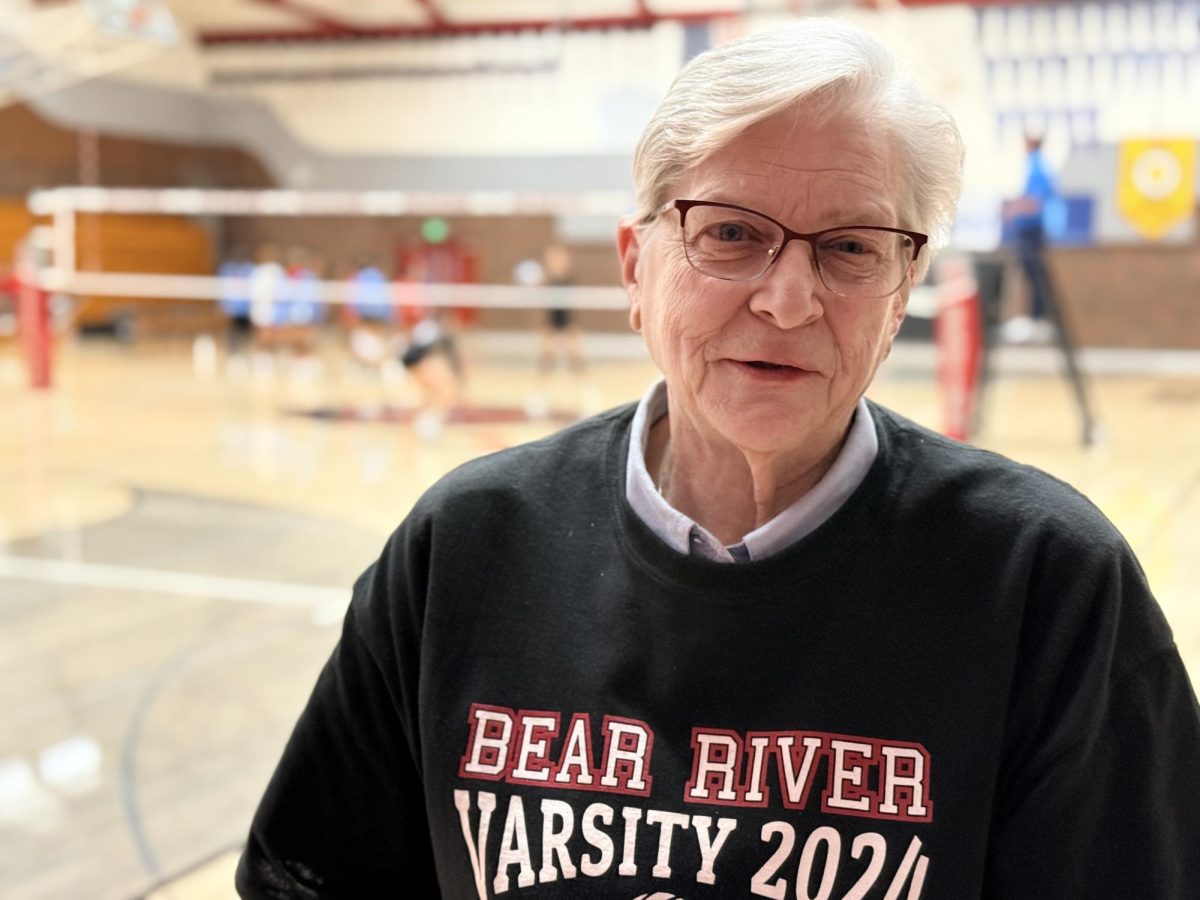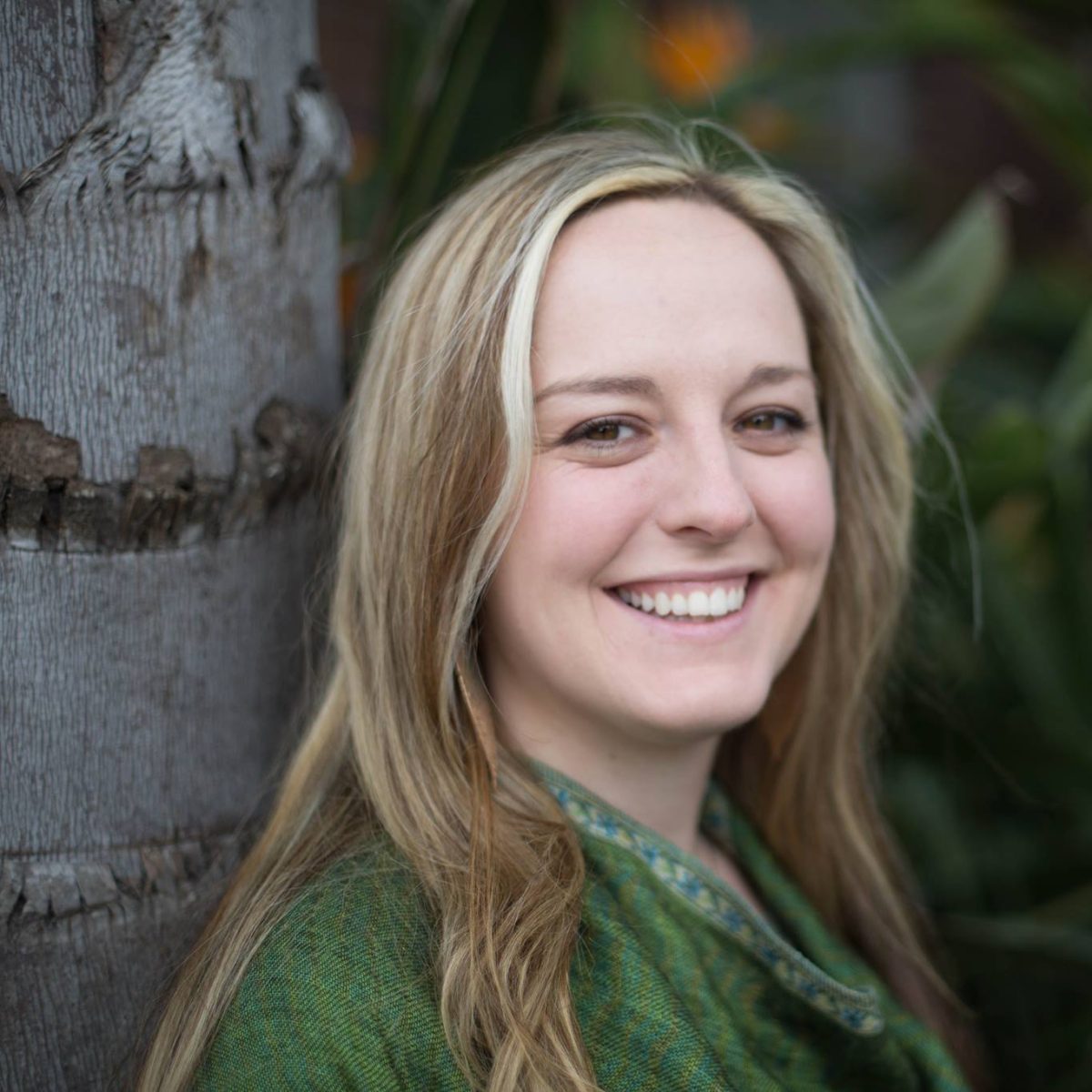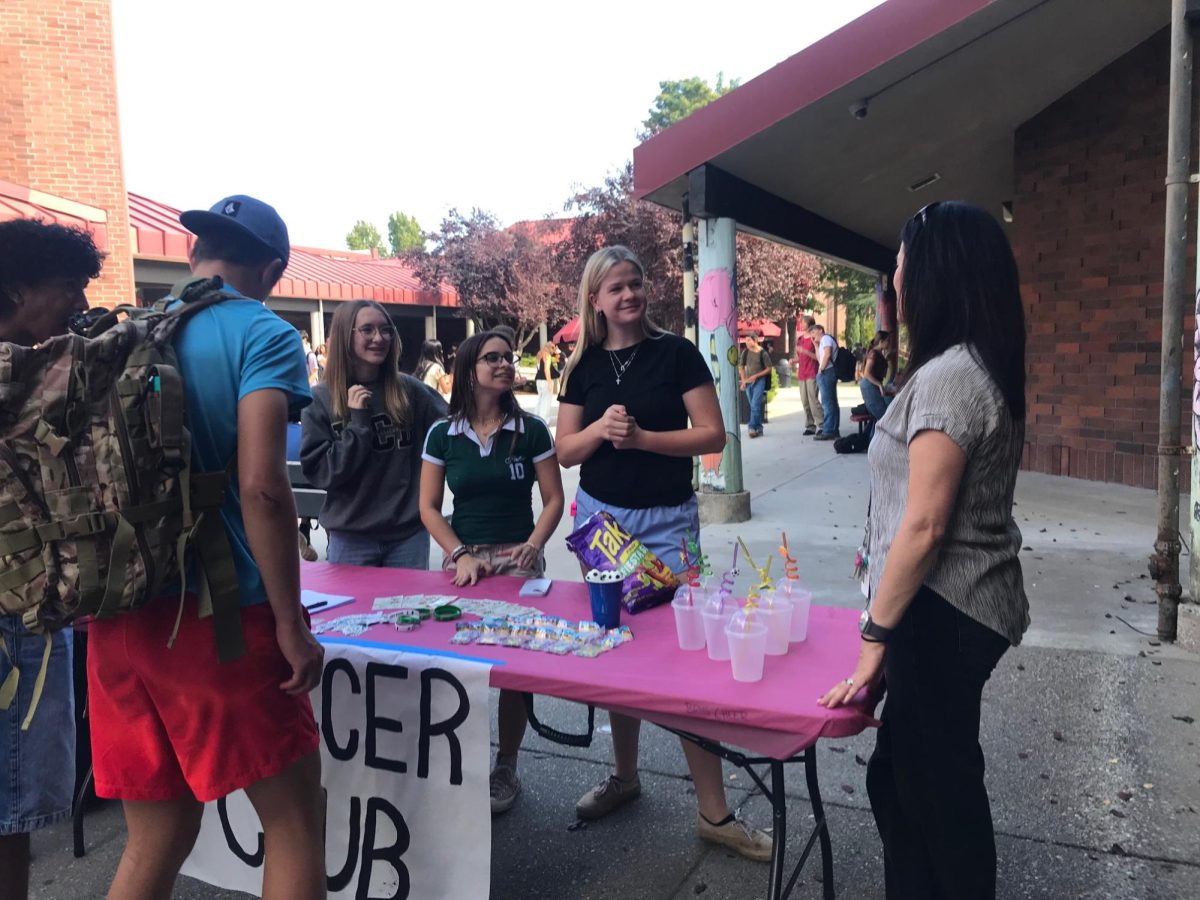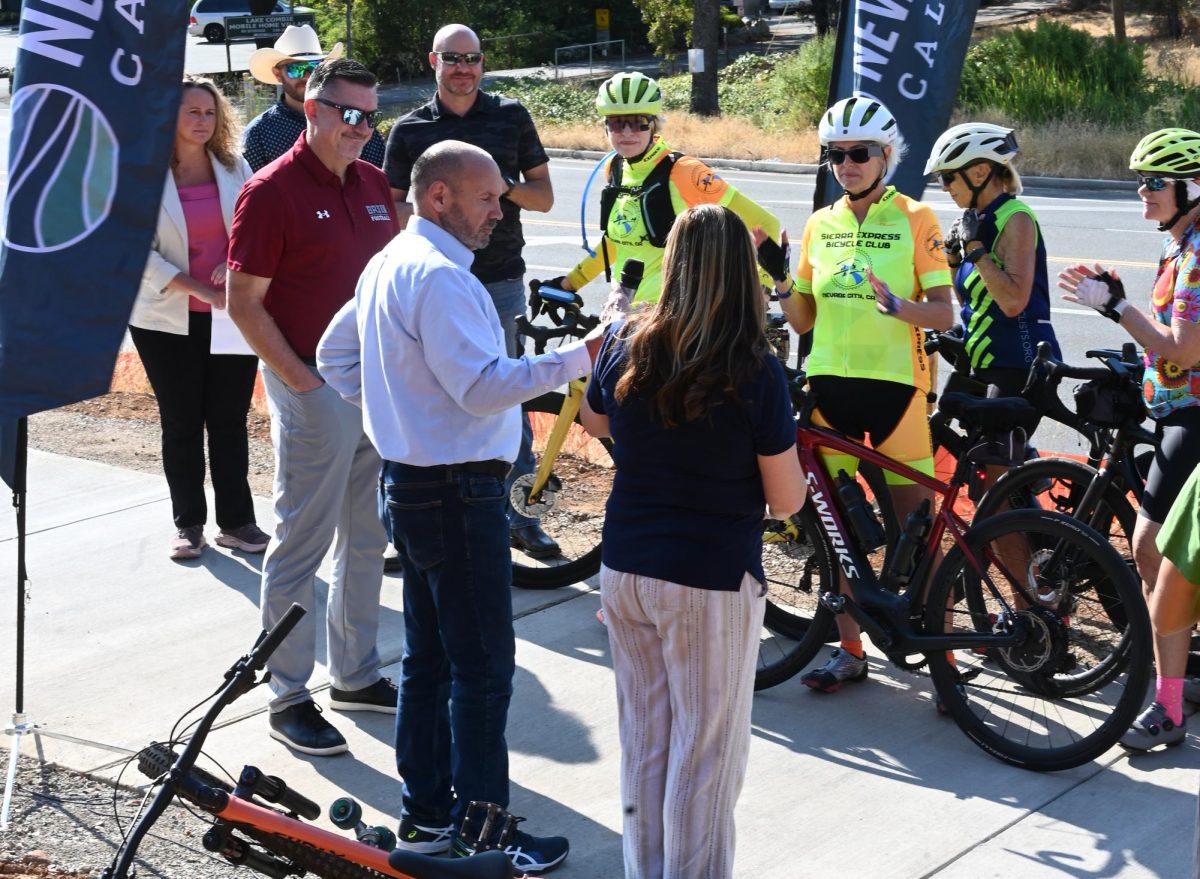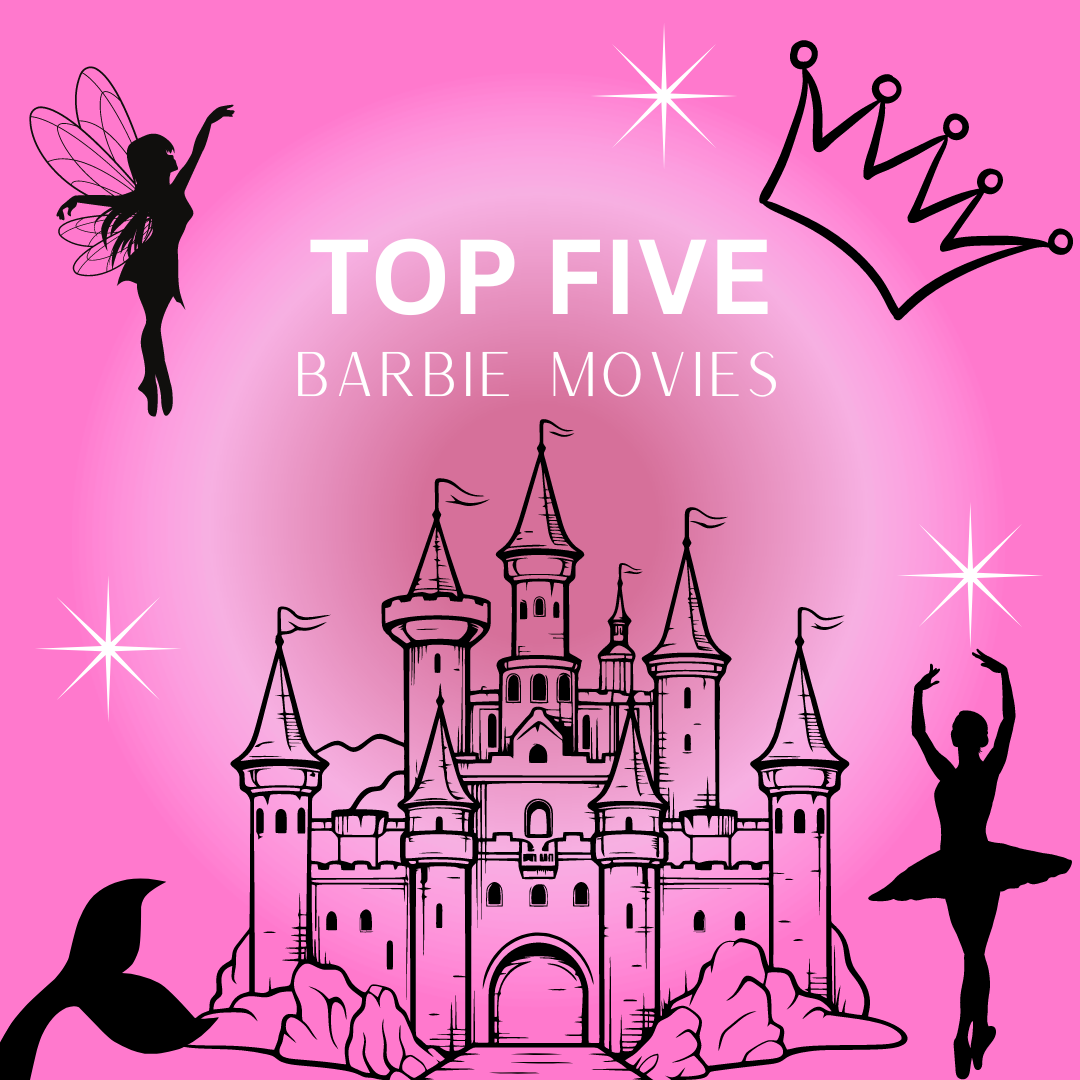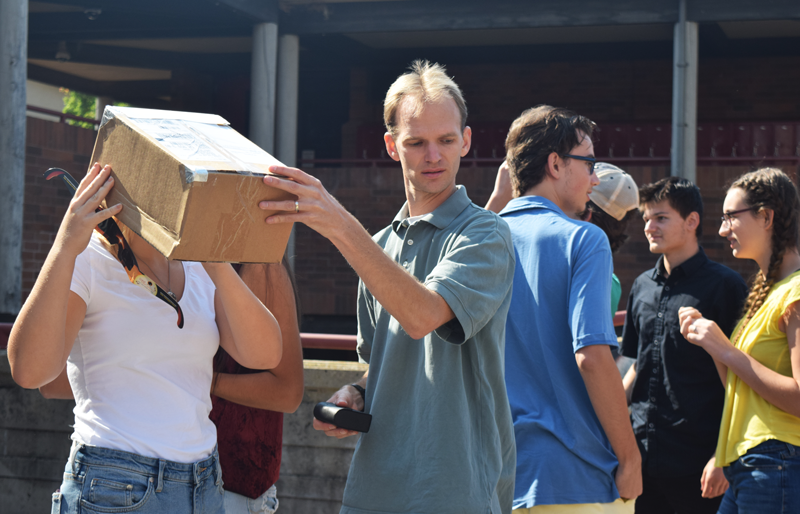The “Great American Eclipse” has crossed our country and, for about two and a half hours, Bear River was a part of it.
On August 21, at 9:03 AM, a partial eclipse began to be visible. According to online sources, at the peak of the eclipse 80.8% of the sun was covered by the moon. Many Bruins were outside viewing the eclipse at this point during second period, at 10:17 AM. The partial eclipse was no longer visible at our location at 11:40 AM.
Students noted that there was much concern for eye safety on Monday.
“They reminded us a lot, ‘just remember not to stare at the sun,’” said Madison Mantooth, a sophomore.
Bear River’s Principal Dr. Amy Besler said the staff was prepared to keep students safe.
“We received information from our school district regarding the risks of the eclipse and decided as a staff that it was important to … caution students about the risks on the day of the eclipse itself over the intercom,” she said.
Dr. Besler said she was outside during the eclipse watching for any students without proper eye protection looking at the sun, and was pleased to see Bruins being cautious.
“Students appeared to take the situation seriously and handled themselves appropriately,” she said.
There are many ways to safely view an eclipse that don’t involve staring directly at the sun. Some students went into the theater to watch a NASA livestream about the eclipse. This idea was organized by Dr. Besler and Bear River’s new Theatre Manager, Erin Beatie. The livestream showed NASA scientists and meteorologists talking about the eclipse, along with footage.
Lots of students stayed outside during second period and used various methods to safely look at the sun. Macey Fowler, a freshman, was in Frosh Tech with teacher Christina Levinson.
“She had us take a piece of paper — we could do this at home — cut a square in it, cut a piece of tinfoil bigger than the hole and tape that on, put a pinhole in it, and hold it up to the sun, and you could see a crescent on another piece of paper you would hold underneath it,” Fowler said.
“I used someone’s special glasses, and a kind of piece of glass to look through,” said Aydan Rossovich, a junior. “It made the sun green instead of orange.”
Students also noticed other effects from the eclipse. Some noticed a drop in the temperature, darker lighting, and strange crescent shaped shadows on the ground.
“The weirdest thing was this sort of darkish grey glow,” Grace Billingsley, a sophomore, said.
Billingsley also remembers having seen eclipses before. In fact, it was five years ago, on May 20, 2012. On that day, only 57.5% of the sun was covered. Bruins eager for the next eclipse should expect to see it on August 23, 2044. On that day, we will be able to see 99% coverage of the sun.
“We’re just this small part of an unbelievable universe,” said by Social Studies Teacher Jeffrey Carrow.


